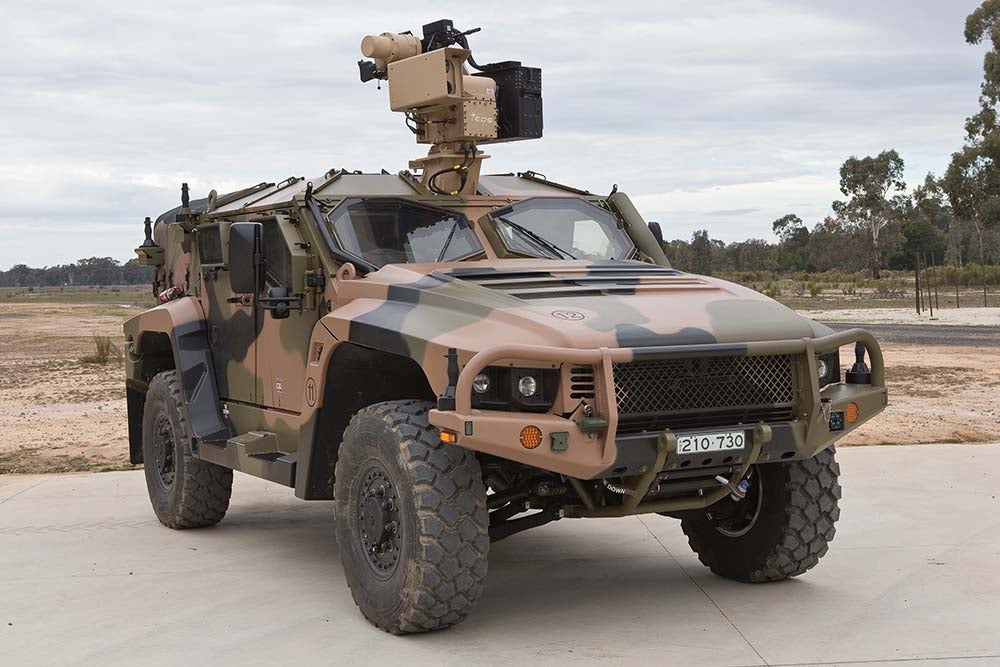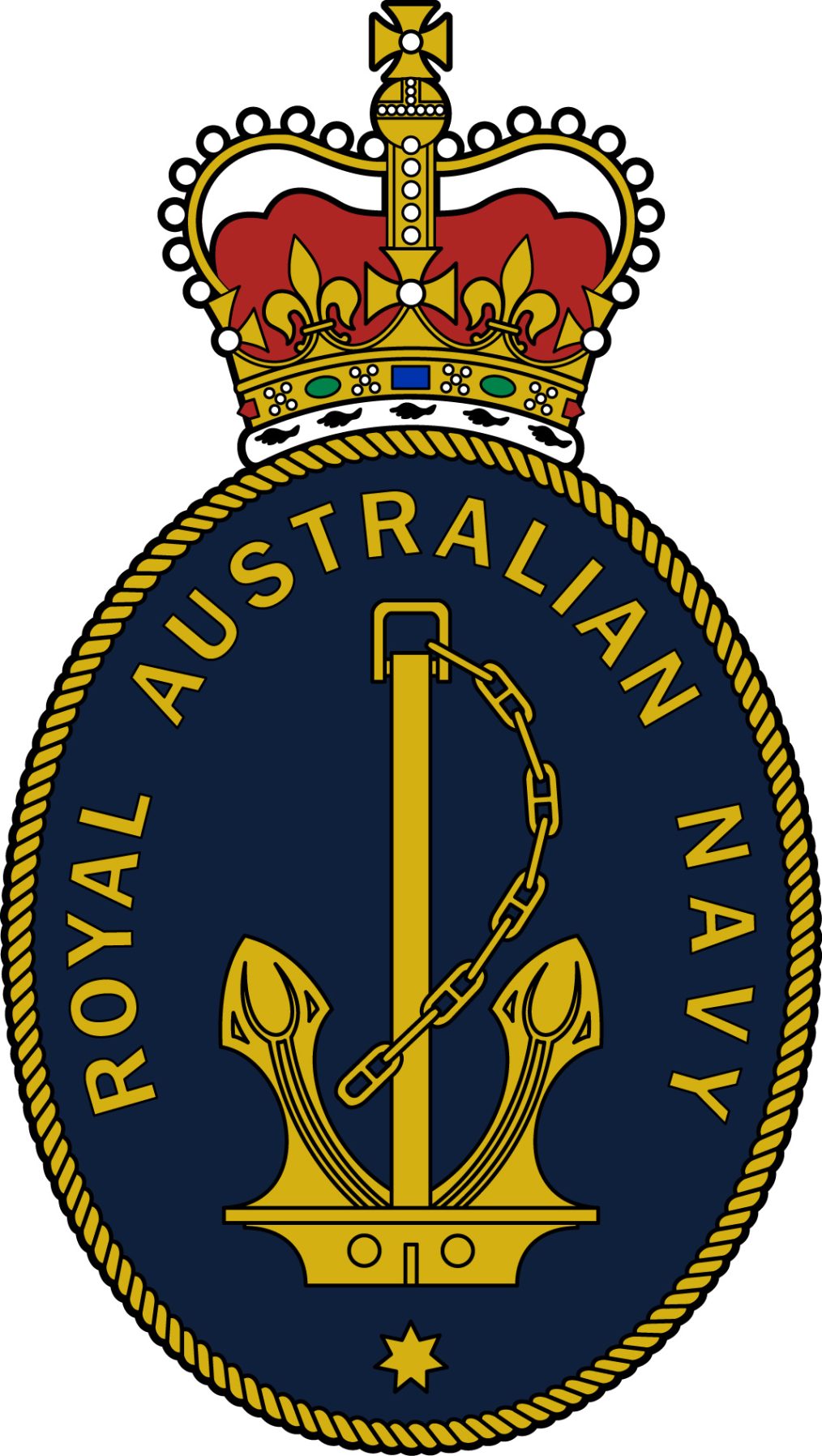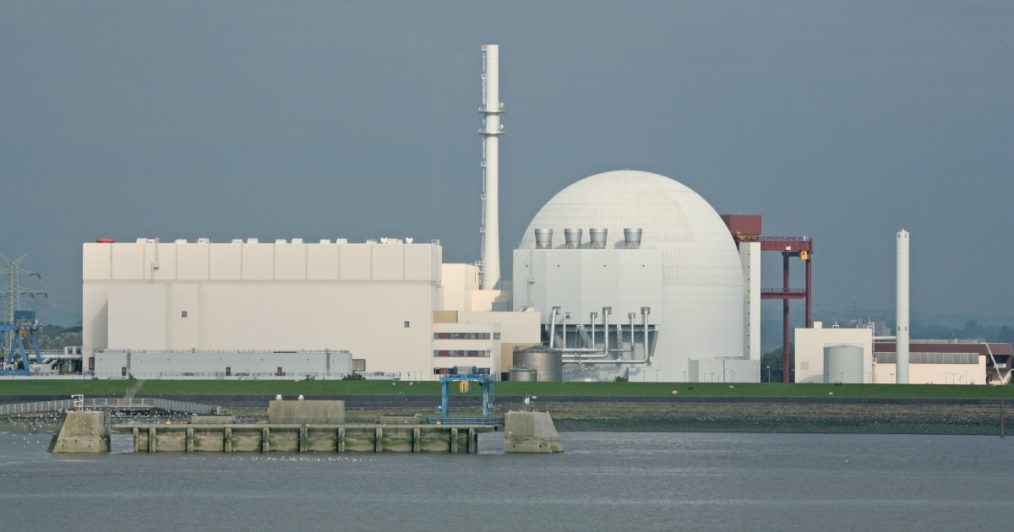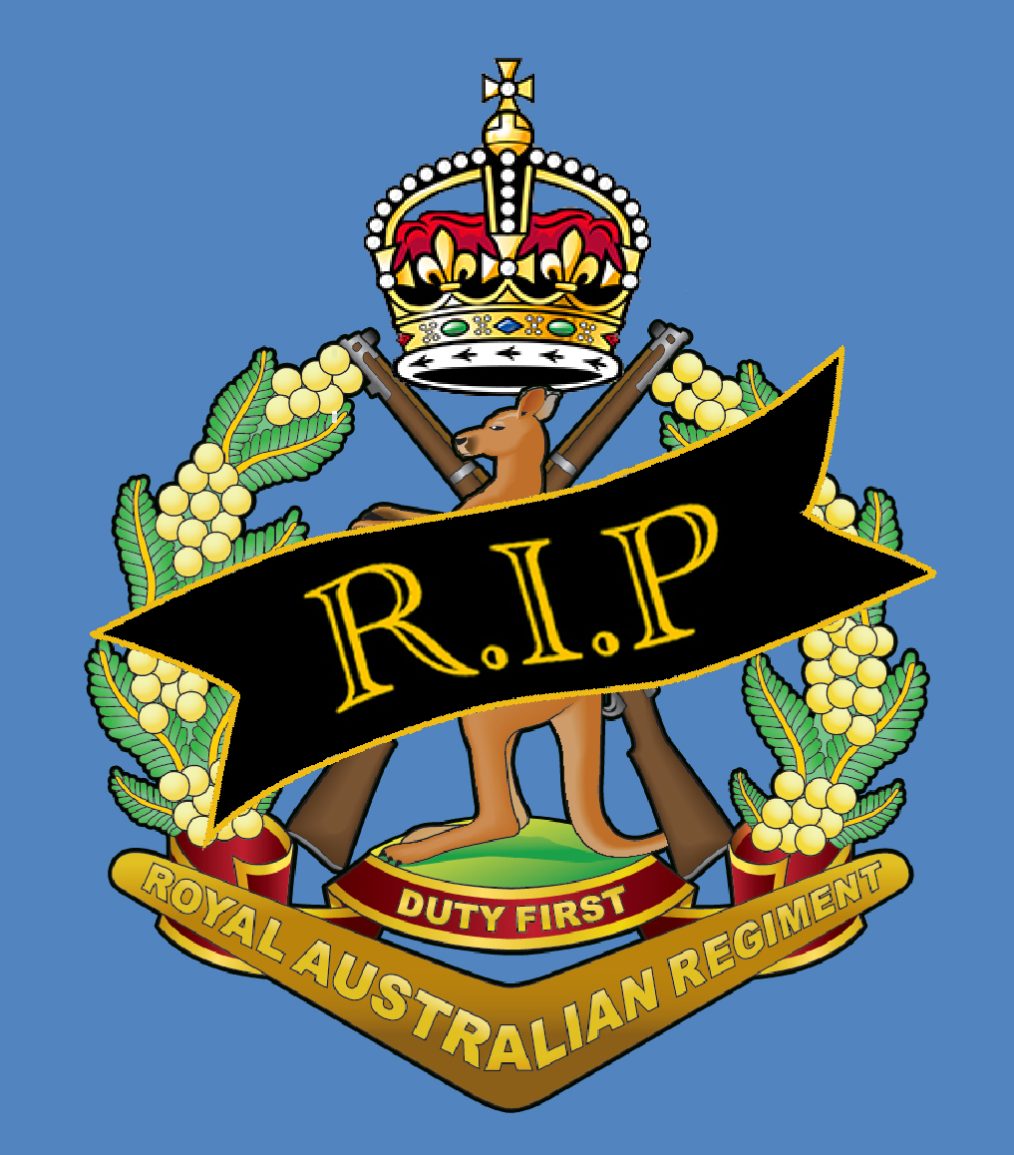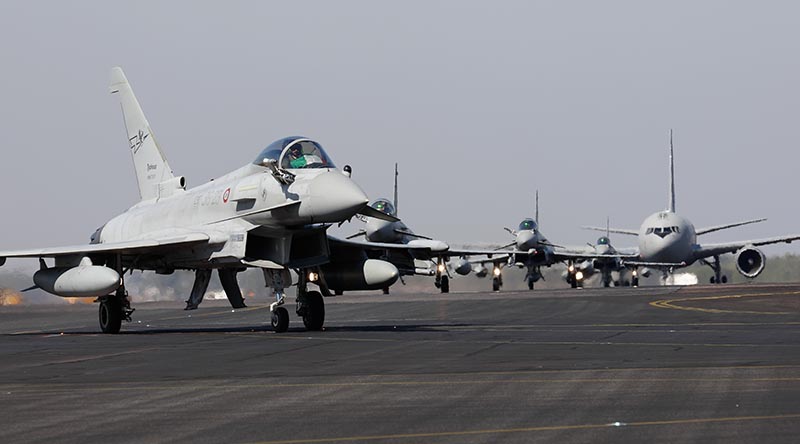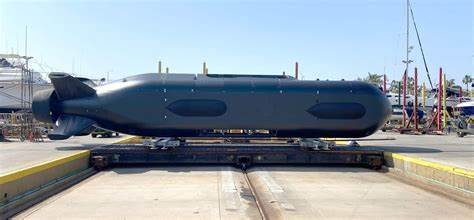I am glad the minister made that last comment, because as somebody with a background in science and a qualification in science, and as a former experimental test pilot in the military—in fact, having commanded Australia’s flight test centre and worked in a systems engineering environment where we were very much based on facts, data and engineering, but with a good dose of modelling in there as well—I’m actually very familiar with the sort of approach that the CSIRO has taken.
As the minister indicated, we do have things like Senate estimates, and I did take the opportunity to go to Senate estimates to speak to the CSIRO about the GenCost report.
It may come as a surprise to the minister that, when I asked the head of the CSIRO to speak about the GenCost report, having made it clear to the committee that I intended to appear at those estimates hearings to ask about the GenCost report—therefore, the expectation is that the agencies that are being quizzed will bring the appropriate officials in order to be able to answer detailed questions at estimates—I was told that the appropriate officials were not there, and the only responses that I got to some reasonably detailed questions were very generic.
So, contrary to what the minister has indicated, estimates actually proved completely useless in terms of interrogating the CSIRO over the GenCost report. I can’t speak to the motivation of CSIRO in not bringing those officials, but what it meant was that members of the Senate, on behalf of the taxpayers of Australia, were not able to scrutinise them in any detail.
If we took the minister’s contention that he just outlined then and applied it more broadly, there would be no point in having committees of the parliament at all. In matters to do with health, for example, we might ask the AMA to draft our policy and scrutinise it. In matters to do with defence, we would rely on the defence department and perhaps defence industry, and there would be no point in having any scrutiny on behalf of the Australian taxpayer.
Yet the minister knows full well, because he has been a member of committees in this place, that the whole function of committees and the Senate committee process—getting a range of witnesses who are stakeholders affected by policy or who are subject matter experts who understand the technical details, whether in health, in economics or in defence; you name it—is so that we can unpack and understand what is behind a policy or a piece of evidence.
The last point I’ll make on this, since the minister has so kindly given me this introductory runway to approach this issue, relates to the 2019 House of Representatives inquiry into the possibility of a nuclear power industry. This is going back to the 2018 GenCost report. I will look at the Hansard records from that, from Wednesday 16 October 2019.
I respect the CSIRO, as somebody who has a science degree; I respect the whole discipline of science, which is observation, measurement and proof. But when the CSIRO were quizzed in this parliamentary inquiry about the GenCost report—and I’ll paraphrase here, but those of you who would like to read it can pull up the Hansard from Wednesday 16 October 2019 for the House of Representatives Standing Committee on the Environment and Energy—essentially the narrative went like this: CSIRO said, ‘We don’t have any expertise in electricity generation by nuclear energy,’ so the committee asked, ‘Well, where did you get the figures that you used in your report, then?’ They said, ‘Well, we contracted an external consultant to provide those figures for us.’ If you look through the Hansard you’ll see the committee met on a sequence of days.
Why did they do that? Because, as each piece of evidence unfolded, they dug a bit deeper.
They had that consultant come in and they said, ‘Describe for us where you got the information from.’ What the consultant said was, ‘Well, we don’t have any expertise in nuclear power generation, so we went to the website of the World Nuclear Association to find information.’ The following day there was another hearing, this time with a representative from the World Nuclear Association, and the committee asked them, ‘Did you have this figure on your website?’ They said, ‘No, we didn’t have it on our website, and, more to the point, we think it is grossly inflated and unrepresentative of what the true costs would be.’
To the CSIRO’s great credit, they took all that on board, and I think they have been far more robust in how they’ve approached it since. But, to directly address the minister’s point, the benefit of a committee process with a range of witnesses that were able to challenge the assumptions that have been made was that it highlighted that the 2018 GenCost report was not based on any robust analysis of the facts of the cost of electricity generation, let alone any analysis of the likely price to the consumer.
I will leave that there, but I’m hoping that that completely debunks the minister’s assertion that there is no value in a parliamentary inquiry.
Estimates has not worked—and he proposed it would—and a parliamentary committee did highlight that, in this particular domain, the CSIRO did not have expertise in the paths they went down and that they delivered figures that were proved, on the public record, to not be robust.
Why do I support this?
Partly it’s because I believe in that committee process, but it’s also partly that, as someone who has worked in an engineering environment using modelling and as someone who has a qualification in science, I recognise that the GenCost report is largely a modelling activity, as opposed to science. If you search the PDF of the latest GenCost report, the word ‘assumption’ appears some 54 times, and, like in most modelling, they’ve had to make assumptions.
There are a range of assumptions in GenCost that the CSIRO themselves identify as not necessarily representative of the complete suite of factors to be considered.
I have some empathy for them; it’s a complex problem, but there are a few things that the Australian public need to be aware of. When Mr Bowen and others cite this as the be-all and end-all—the gospel according to the CSIRO that shall not be challenged—it needs to be said that it is a modelling exercise with assumptions based on an incomplete set of data.
There are other expert bodies in Australia and around the world who have also done modelling and come up with quite different answers to the same questions.
That’s why we should give the Australian people the opportunity to have different experts in the field address their modelling, their assumptions and, more importantly, their lived experience so that the Australian people can decide whether this is something that we should be moving towards.
The first point is that this modelling is not designed to understand the most effective way to get cheap and reliable electricity to the Australian consumer, whether that be mum and dad at home, a small business or an industrial sector that will probably go offshore if the power prices continue to increase.
In paragraph 1.1.1 of the latest GenCost report, which describes the roles the CSIRO and AEMO had in the report, it says ‘to provide an update of current electricity generation and storage cost’.
It’s not about highlighting the cheapest way to get electricity.
That paragraph also talks about the levelised cost of electricity, which is all about the factors affecting the cost to generation, as opposed to the full system’s costs.
The third point I would make is that they highlight, in paragraph 1.2 on page 16 of the GenCost report:
As discussed in Graham (2018) it is not possible to undertake spreadsheet type modelling to create a transparent but accurate estimate of the cost of integrating renewables.
This is one of the significant factors that affect the analysis of whether a renewables based approach can be comparable in terms of delivering reliability and low cost to the consumer versus baseload type approaches, whether that be high-flow rivers providing hydro or things like nuclear power. So they’re saying here that they can’t provide a transparent and accurate estimate costs of integrating renewables.
The report states:
If it were, this would have been the preferred method of implementation in GenCost.
Again, they quote Graham:
Graham (2018) concluded an electricity system modelling approach must be applied, where the details of the calculations are written in code that call on proprietary optimisation algorithms which unfortunately results in a loss of transparency.
I’m not saying that the CSIRO is in any way being malign in how they’re approaching this, but their chosen vendor, their chosen model, their chosen algorithms and their chosen assumptions are but one set that feeds into a model that gives an outcome of cost degeneration.
Other equally expert bodies—and I’m talking here about bodies like the International Energy Agency, the OECD, or the Organisation for Economic Co-operation and Development, and their subsidiary, the NEA, the Nuclear Energy Agency—have worked together over a number of years to model not the cost to generate but the cost to the consumer.
In terms of that simple measure, the levelised cost of electricity, which even GenCost recognises is not a suitable cost for this analysis and comparison, the OECD report that came out in April 2022 looks at a systems-wide approach and demonstrates very clearly that what they call ‘long-run nuclear power’, even on a levelised cost of electricity basis, is the cheapest form of electricity.
If you run a plant for a long time, it becomes, over the life of that asset, the cheapest way to generate power. They also highlight in that analysis that even new-build nuclear is on a par with grid-scale renewables but is cheaper than others. For example, it’s actually cheaper than rooftop or offshore wind et cetera.
If people who are interested look at pages 35 to 37 of that OECD report, they then break down the elements into the generating costs, the systems costs and the broader environmental costs. They highlight that, as we seek to move to curb emissions, we will probably get to 2030 with rising, but not unaffordable, power prices. But, if we seek to get to net zero by 2050 just using variable renewables with firming by things like batteries, as more coal and gas comes out of the system in order to achieve net zero, prices will go up exponentially, and their conclusion is that it is unaffordable.
This is not the coalition saying that.
This is the OECD and the International Energy Agency.
That is why people like the IPCC are saying we need to have nuclear power as part of the mix, and that’s why so many nations around the world are looking to double or triple the amount of nuclear power generation they have.
So another point I’d make is that, despite the government’s claim that nuclear is the most expensive form of energy, the lived experience of people in countries like Canada says otherwise. If you look at some of the information coming out of Canada, you can see that nuclear is even cheaper than hydro and is certainly cheaper than gas, wind, solar and bioenergy, in terms of how the Energy Board in Ontario manages things.
That’s partly because of the broader costs that variable renewables have in terms of the additional infrastructure.
My last point will be around the Net Zero Australia project done by three universities and a consultancy, which highlighted that the cost of all the additional transmission and firming as well as new generation is going to cost us in the order of $1.2 to $1.5 trillion by 2030, and $7 to $9 trillion by 2060.
The nuclear option is actually far cheaper than the variable path the Albanese government has us on.

